There was a time, not long ago, when I would have considered the battle for the world’s best laptop daypack to be one of such insurmountable difficulty that debating such idealism would be a mere exercise in futility. So many different choices exist that it would seem reasonable to conclude that 100% of all specific needs can be met, by some backpack, somewhere, and it is merely a matter of digging through the 95% of unsuitable options before settling on The One, with no objective champion to reign victoriously over what is clearly a subjective set of requirements.
Or you could simply conclude the opposite, which is to declare the problem insolvable and claim nothing will ever work out perfectly and there’s no reason to bother trying, and you can just get something decent and call it a day, and remain mildly dissatisfied for the remainder of your existence. As a pessimistic perfectionist, I was firmly within this camp.
So it was something of a surprise to run into a backpack that, despite swimming in a sea of a zillion competitors, manages several things I’ve simply never seen before. It’s the Tom Bihn Synapse, and I’ve been salivating over it had my eye on it for quite some time.
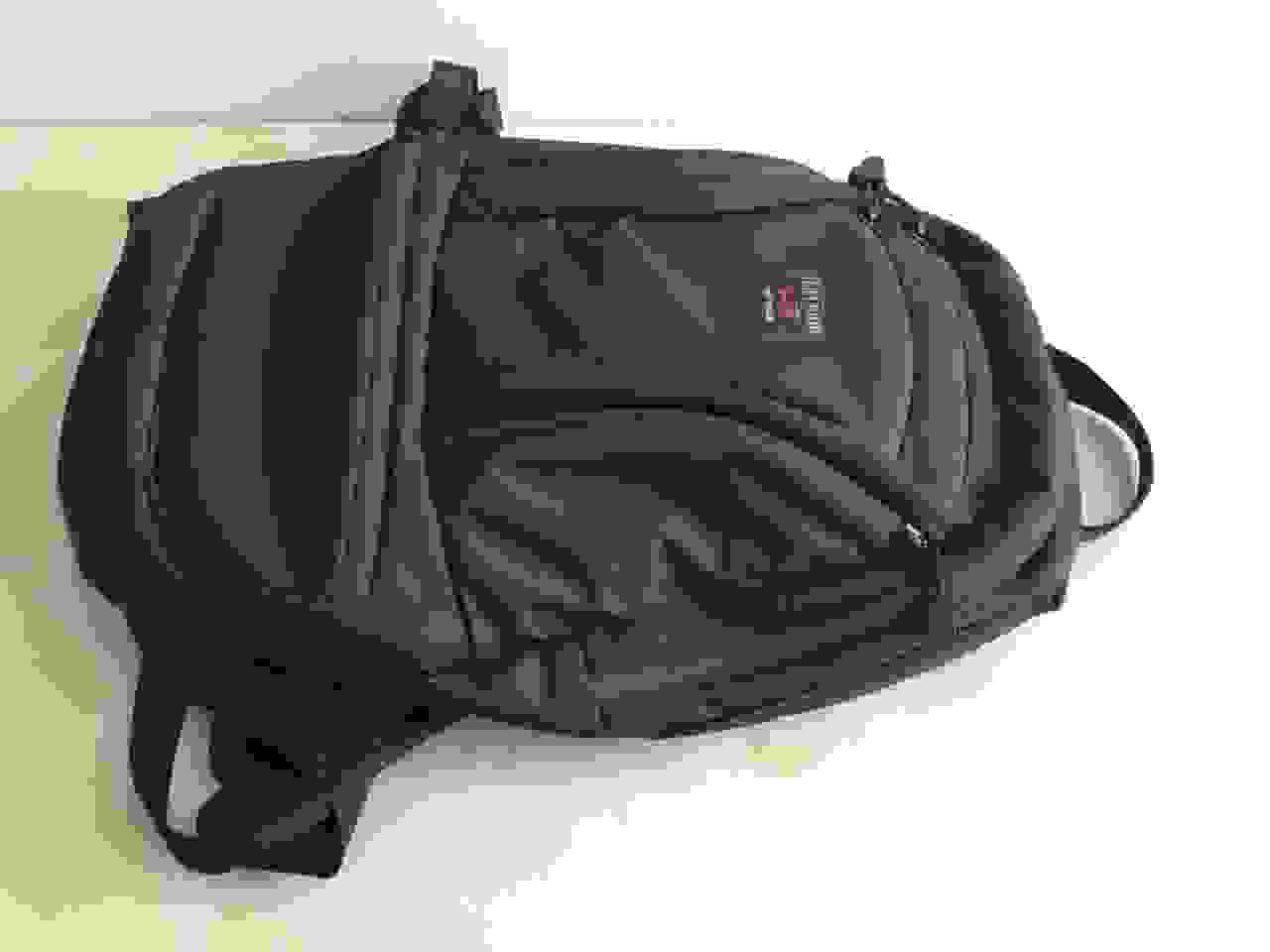
Tom Bihn recently invited me on a tour of their Seattle factory, where they handle every stage of design and production (except when field testing, of course), so whenever they have an idea, they can walk out of the office and right onto the factory floor and do it, instead of emailing a factory on the other side of the planet and hoping it all works out.
They’ve built a reputation for super-tough materials, flawless construction, direct-to-customer relationships (you can’t get their gear anywhere else), great customer service, and clever design details, all of which have resulted in a rabidly loyal fan base, many of whom end up collecting the whole set.
They recently offered me a Synapse 25 to review, along with a gift bag full of packing accessories, and for a pack described as “the last you’ll ever buy,” I was excited to try it out.
The Tom Bihn Synapse 25
Let’s start with the basic details. It’s a 25 liter, very “regular” sort of pack, the kind you’d take to work or school, or just randomly carry wherever, from city wandering to day hikes and so on, with included (but removable) sternum and waist straps to accommodate light or heavy loads.
Specs:
- Capacity: 25 liters
- Height: 20″ (51 cm)
- Width: 13.4″ (34 cm)
- Depth: 9″ (23 cm)
- Weight: Approx. 1 lb 13 oz (820 g), depending on fabric options
- Price: $195 (+$35 for removable laptop sleeve)
(There’s also a 19 liter version that works much the same way, but this review is specifically for the larger one.)
A few things worth mentioning here:
- It’s almost a full pound lighter than certain similarly-sized laptop backpacks, for a variety of reasons that I did not find problematic.
- Its dimensions are just a bit smaller than maximum carry-on requirements for most airlines, meaning it would be a great carry-on bag.
- Speaking of size, it’s far more spacious than you’d expect, because Tom Bihn bags are measured according to ASTM International standards, which involves filling the pack with plastic spheres until it’s full, then emptying them into a measuring chamber (a process which I got to see while visiting the factory), whereas other manufacturers often use different methods, which can produce wildly inflated numbers. I really enjoyed
taking a look at Tom’s ballslearning about these behind-the-scenes aspects of design, which is why Tom Bihn’s 25 liters might be more like someone else’s 30, or even 35 (for reference, I was able to fit everything on this list in there, though just barely).
Layout and organization
This pack is for the organizationally obsessive. Observe:
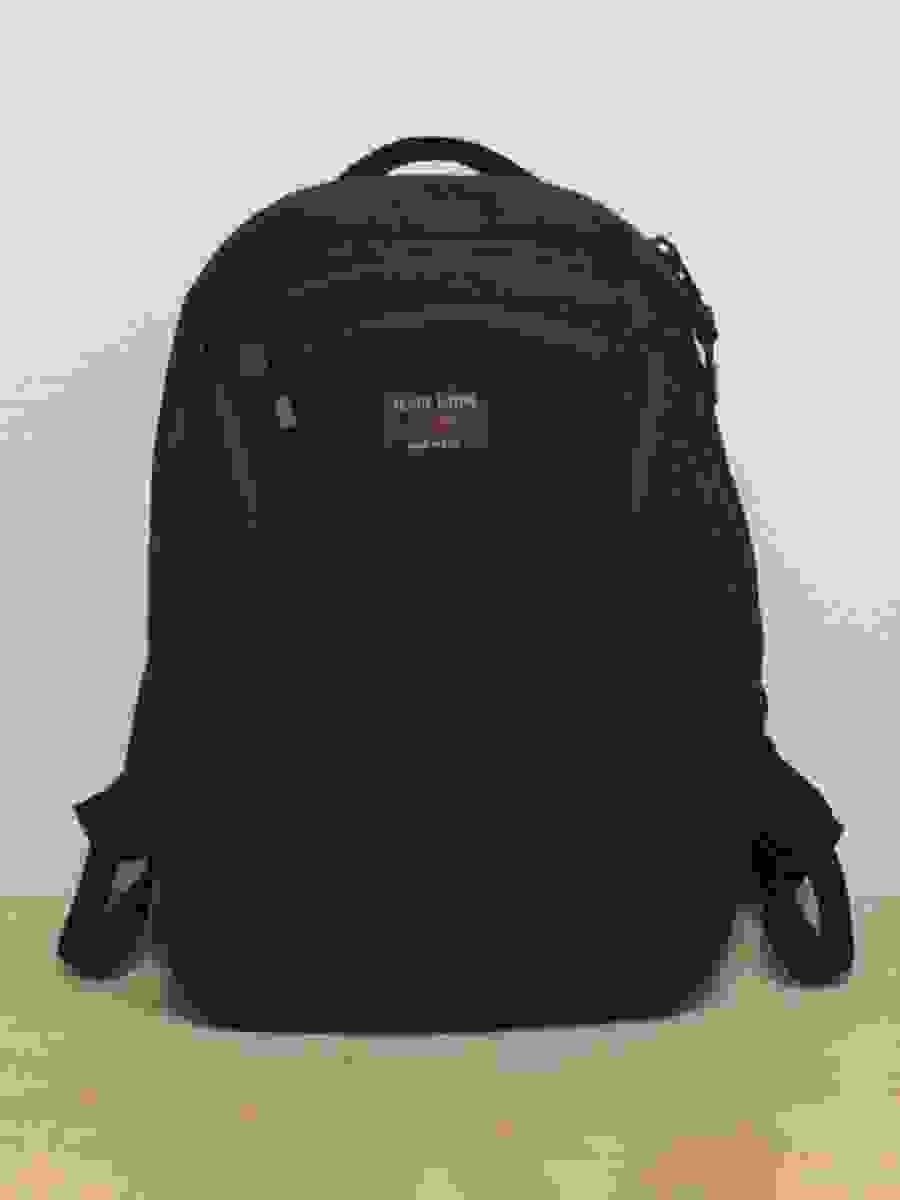
As you can see, it offers a whole lot more compartmentalization than others, with five spacious pockets in addition to the full-height main chamber, yet with an understated simplicity that doesn’t announce itself as anything more than a typical backpack.
But what’s also apparent is what it does not have: No dangly external compression straps, and no snaggy mesh side water bottle pockets.
Ordinarily I’d consider the lack of side water bottle pockets to be an instant deal-breaker (I’ve complained before about poorly-designed side pockets that are incapable of holding anything larger than a pencil) but in this case, it’s actually the Synapse’s best feature.
The defining characteristic of the Synapse:
The water bottle pocket hasn’t been removed, but rather relocated, to the center of the pack, where it can never be off balance:
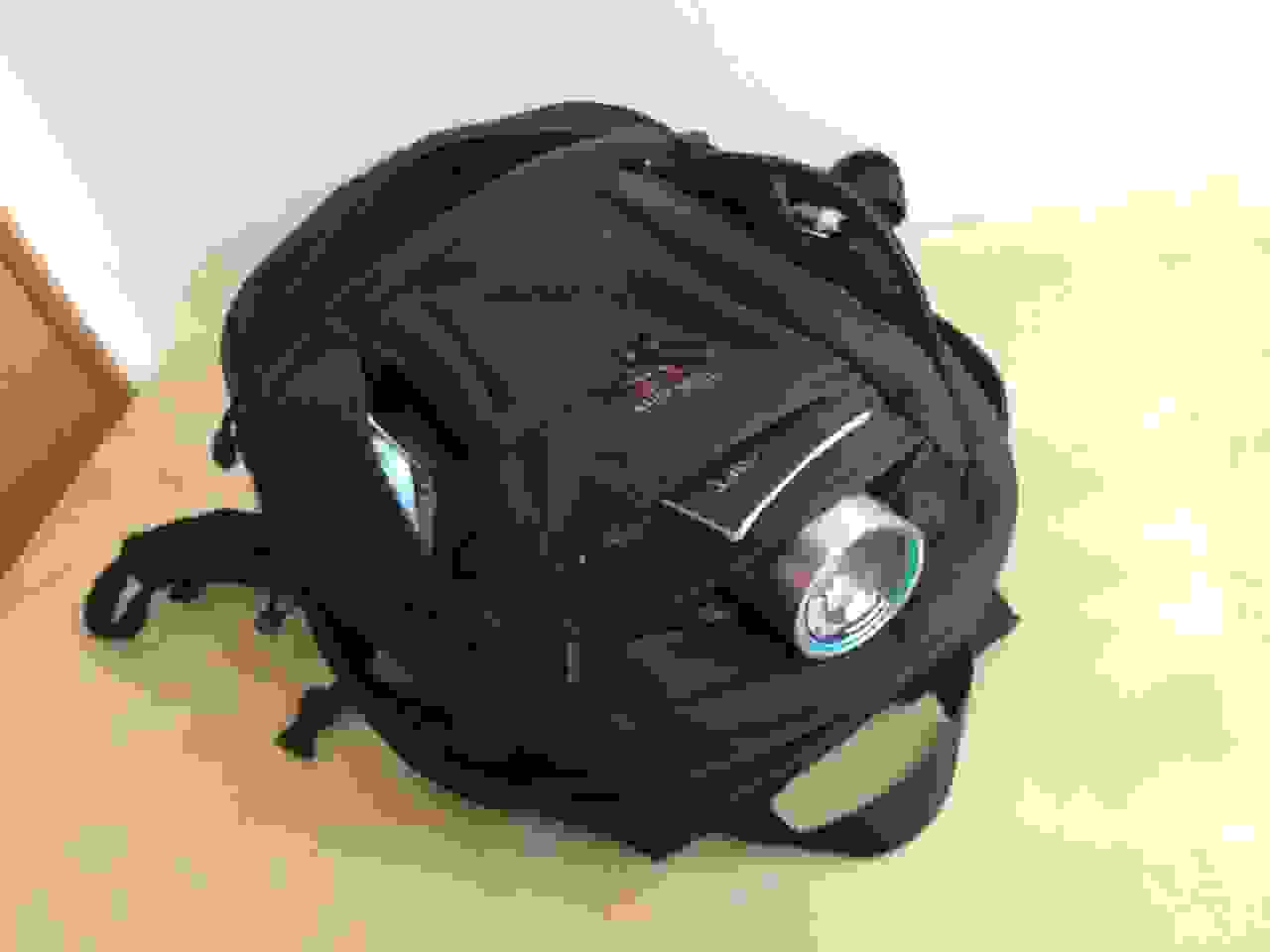
As you can imagine, placing the heaviest item in the center of the pack makes a huge difference in comfort, keeping the weight properly balanced instead of dragging you sideways into lopsided awkwardness, or forcing you to place heavy items on the opposite side just to balance the load, before removing them after you drink the water from the opposite side. Plus it zips shut, so the bottle can never fall out. I don’t know why no one seems to have thought of this before, and I can’t see myself going back to the normal way anytime soon.
By the way, that water bottle is a $70 Grayl, which is not only a water bottle, but also a filtration device. As you can imagine, it’s not something I want falling out of a woefully insufficient side pocket and rolling under a bus while I walk away, which is why I was so interested in the Synapse in the first place. Since a filtered water bottle is both heavier and more valuable than a disposable plastic water bottle, centering it in a securely zippered pocket is the perfect solution.
Never again shall I gaze incredulously at the stupidly tiny and ever so fragile side “water bottle” pockets that couldn’t possibly hold the water bottles that are sold in the same stores as the pack if their designers’ lives depended on it. Never again I say!
Okay, rant over. For now, anyway.
Remaining exterior pockets:
The central placement of the water bottle pocket determines the layout of the remaining pockets, which surround it on all sides:
- The side pockets are each big enough to hold a light rain jacket, or maybe even an ultralight down jacket (though a vest would be more manageable). The left has a few pen or pencil slots, while the right has a microfiber-lined smartphone slot. Both are designed to expand or contract depending on the size of the water bottle placed in the central compartment (it can handle 1 liter bottles), so a skinny water bottle will allow you to carry more in the side pockets.
- The outermost pocket is conveniently passport-sized.
- The bottom pocket is actually huge. I managed to get a pair of size 10 shoes in there (barely), though I think it would make more sense to store smaller or more flexible items in there, like a sweater.
As with all Tom Bihn compartments, each of these have internal attachment points for clipping all sorts of accessories to the bag, including any of their myriad organizational pouches, which include everything from drawstring stuff sacks to zippered organizers of all shapes and sizes:
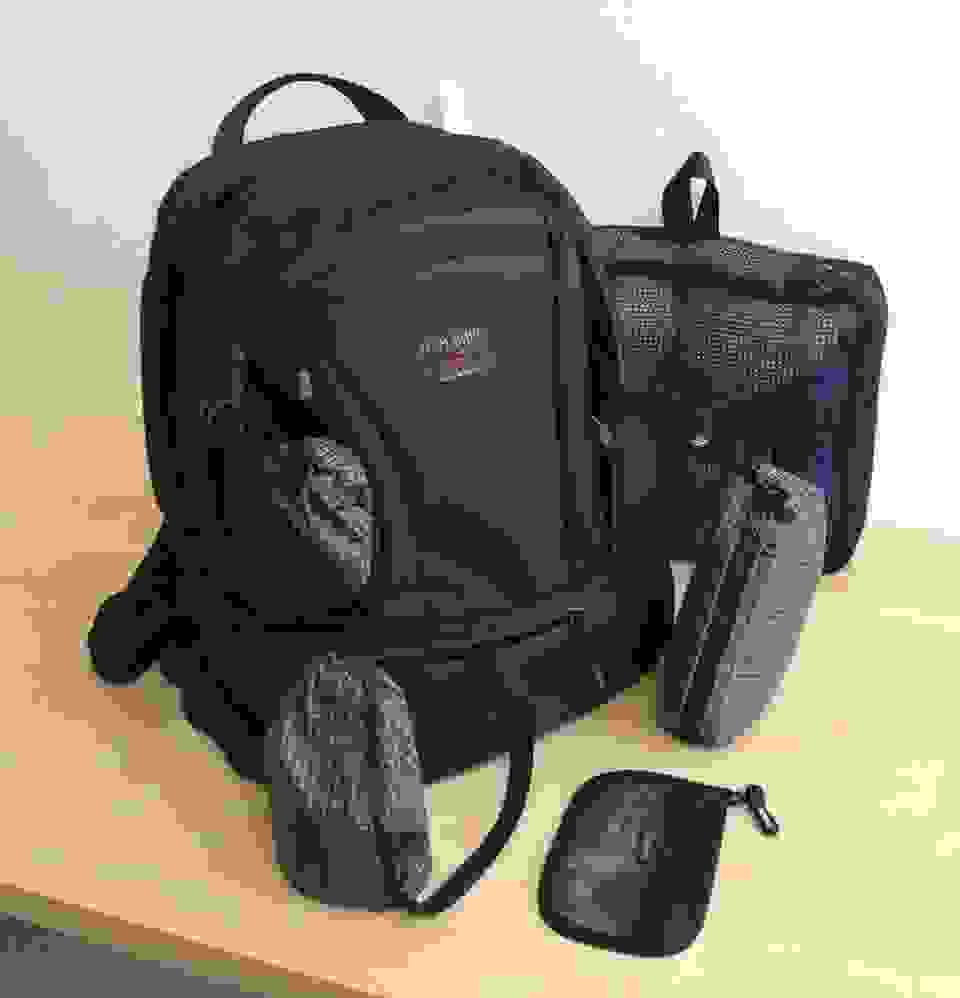
This way you won’t accidentally donate a few of your belongings to whomever takes over your room after you leave. Like I did in Peru that one time. Shush.
The main chamber
This spans the full height and width of the pack, and thus can store quite a bit, and allows even more organization because of its divider panel, which is quite spacious (though if you’re not using it, you’ll occasionally have to shove it out of the way like an overly-friendly shower curtain).
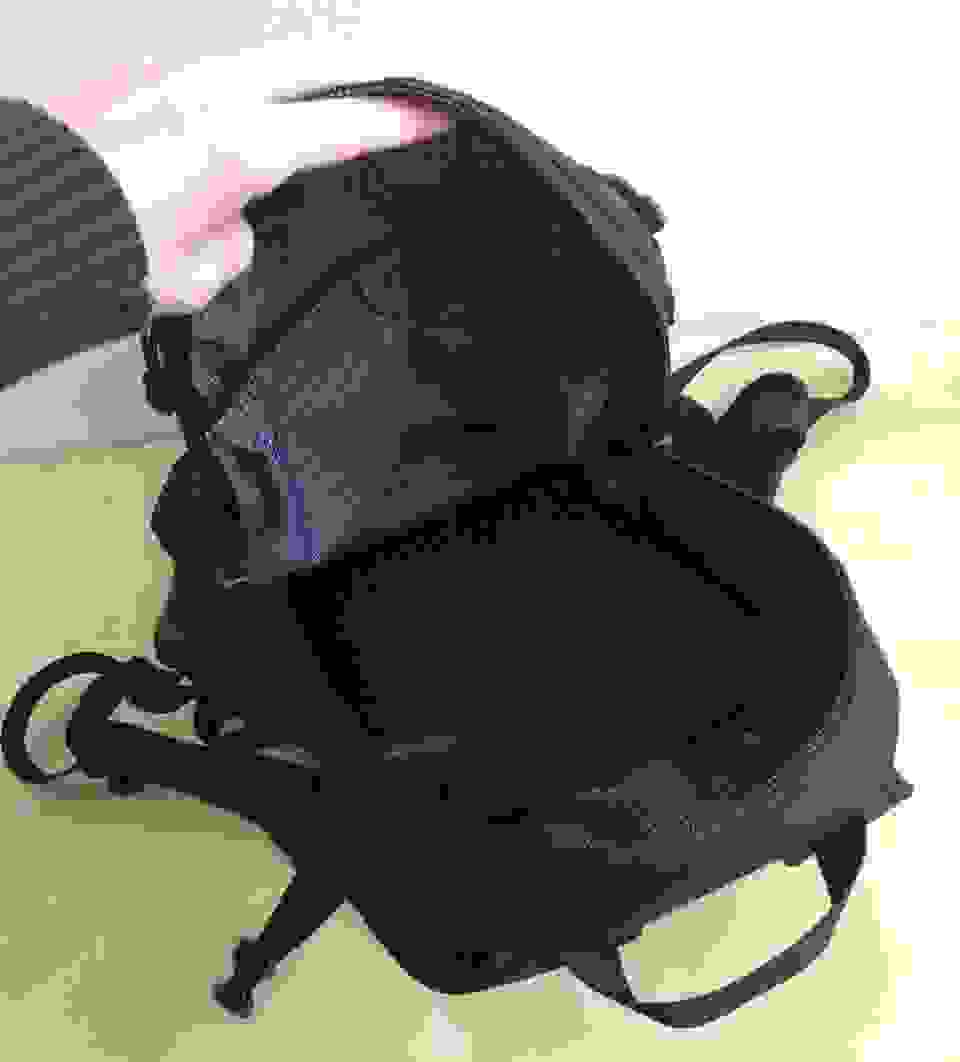
Since the main compartment only occupies the space directly beneath the zipper, you only ever pack straight down, rather than diagonally. Many packs of this size often feature a single zipper to service the entire pack, making it more difficult to pack it to capacity, which is less of a problem here. It’s also sectioned off from the other compartments, meaning you can still make use of them, even when the main compartment is full (though of course overstuffing it will eventually intrude on their space).
And here we are at the other distinguishing feature…
The checkpoint friendly laptop sleeve
The laptop sleeve is hiding a few tricks, like how it can do this:
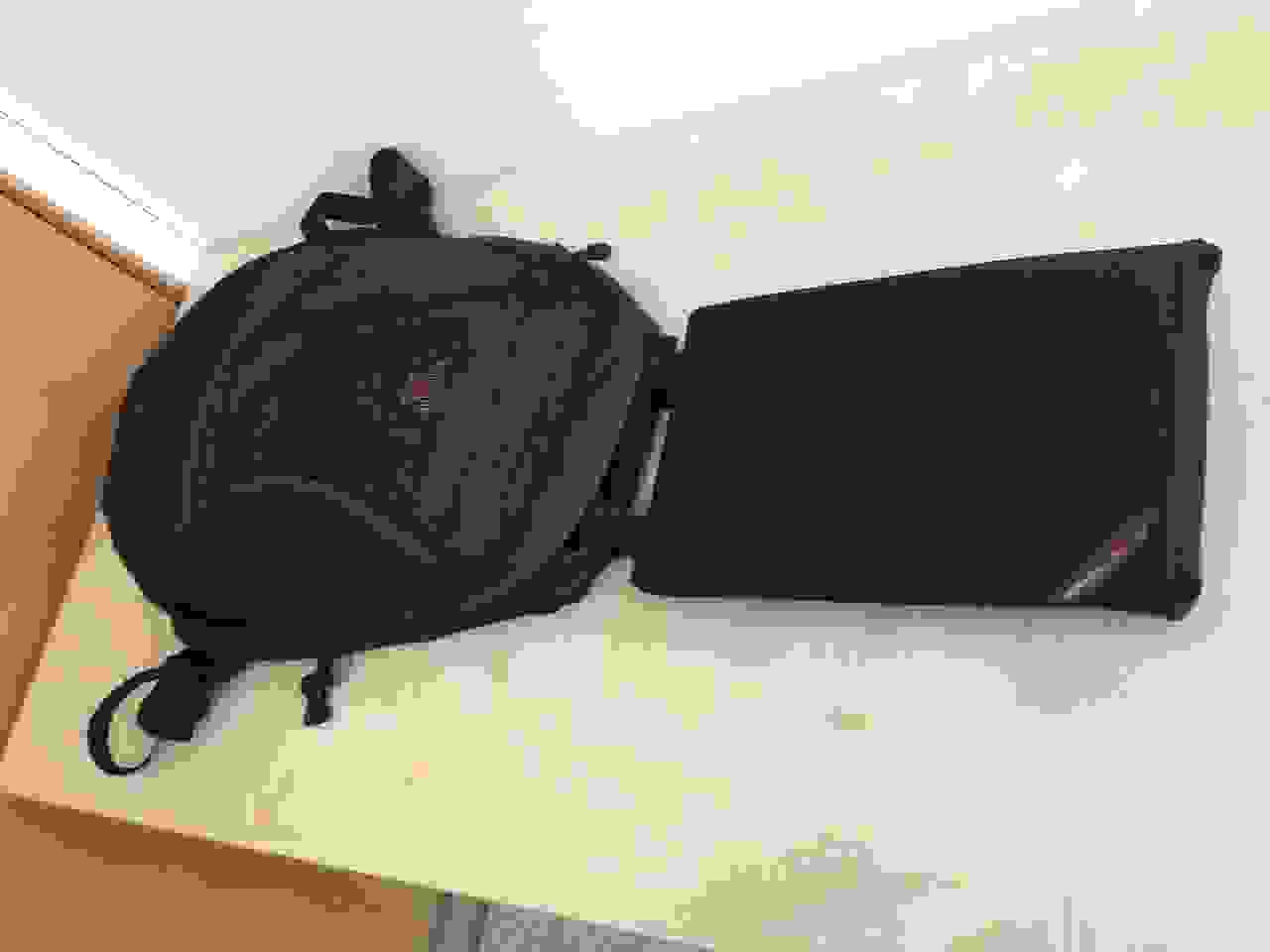
You know how you need to remove your laptop when going through airport security? Well, you’re allowed to leave your laptop in a padded sleeve, and set it on the conveyor belt to be scanned.
So Tom Bihn devised what they call the Cache with Rails system, which allows you to remove the laptop sleeve without detaching it from the bag, and then you just slide it back in after the scan. This is quite convenient for frequent air travelers, who need all the convenience they can get.
This actually has quite a few implications:
- The attachment points that connect the sleeve to the bag also keep it centered and suspended when stored inside the pack, as opposed to the typical laptop backpack solution of providing an oversized padded sleeve to accommodate any and all size of laptop, which allows smaller ones to migrate all over the unnecessarily cavernous space, and bang against the edges.
- Instead of using generic (and therefore overly gigantic) padded laptop compartments, Tom Bihn’s sleeves come in multiple sizes to fit specific laptops; this means they’re not included with the pack (and you’d need a different one if you switch to a bigger laptop), but it also means they’re completely removable, so you can lighten the load if you don’t need it, or you could use it elsewhere.
- Since the sleeve is designed to slide in and out of the pack quite easily, but also fit a laptop quite snugly, you’ll often end up pulling the entire sleeve out of the pack along with the laptop. I didn’t find this to be a significant problem, as the laptop will slide right out once the sleeve gets to its furthest point, but it’s worth mentioning. You could also just hold the sleeve down while pulling just the laptop, but occasionally I found it more convenient to yank the whole thing out and then shove the sleeve back in.
- I would say it’s a good idea to store long, wide, flat things in the main compartment, like a textbook or a packing cube, so the sleeve can slide in and out against a flat surface, thus maximizing the ease of insertion and removal when going through airport security, but you could also just set the pack down on its back (so the shoulder straps are on top), and then it’s even easier, and it won’t really matter what’s inside anyway. But it would still make things easier when removing it vertically.
Also, the sleeve folds shut, rather than using noisy velcro. Kind of a nice touch.
Another helpful detail is how the zipper for the main compartment is actually somewhat offset, rather than being directly above the laptop sleeve; this means that even if rain manages to get inside, it will then have to go diagonally to get anywhere near the laptop.
Speaking of rain, this is probably a good time to mention how this zipper is a water-resistant zipper. Actually, all the zippers are water-resistant zippers, because all zippers on all Tom Bihn packs are water-resistant zippers, because clearly that is the correct answer.
Hmm, that was quite a bit of detail. Oh well though. This system works so differently from typical laptop backpack compartments that I think it’s worth pointing out each and every distinction. It’s quite a useful feature for frequent travelers, but I actually think the greater advantage may be the unsung centralization and immobilization of the laptop, which will likely make carrying the pack even more comfortable.
Speaking of comfort, we haven’t even gotten to that yet. And comfort is also one of the Synapse’s best features.
Comfort factor
I am a scrawny weakling with the musculature of a malnourished 4th grader, and finding comfy daypacks is about as fun as riding a unicycle over a bed of nails.
I had heard plenty of people claim how comfortable they found the Synapse, but I’ve heard people claim all sorts of nonsense about all sorts of things, so it wasn’t until I tried one out that I was able to evaluate this. Luckily for me, they were correct. For a few very specific reasons:
1) No neck gouging
I have absolutely no idea why this is a problem that continues to occur in the 21st century, even among thoroughly reputable companies whom I otherwise respect, especially since all it takes to test this out is trying the damn thing on.
The problem that so often occurs is that the shoulder straps are placed so close together that when you’re wearing the pack, the straps gouge into your neck from the sides. They often overlap past the fabric of a t-shirt, scraping directly against your skin and annoying the hell out of you.
The Synapse does not have this problem at all:
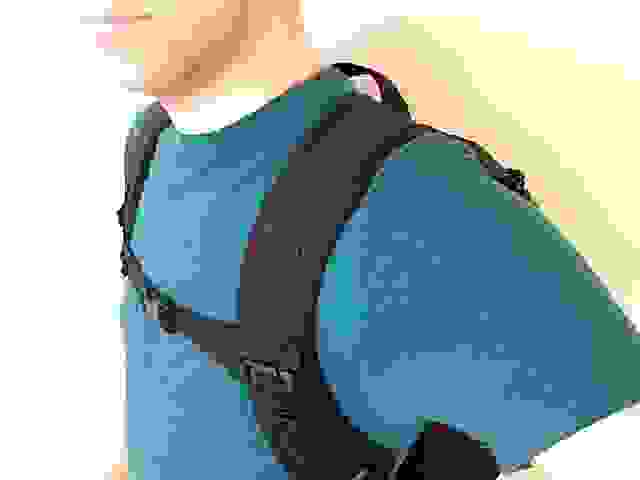
I have absolutely no idea why this is such a rare feature, because it’s just objectively terrible to do it any other way.
And although widening the space between the shoulder straps can eventually become a problem for smaller people, I didn’t have much of a problem with this; I simply make frequent use of the sternum strap. Without it, the straps feel just a bit too far apart. I wear a men’s size small, and I expect that anyone smaller or with sloping shoulders might find the strap placement too wide, but making use of the sternum strap will solve this. Just expect that if you’re tiny, using the sternum strap will feel more comfortable than not using it.
2) Lumbar support
This is also an objectively correct design decision, but one which I have literally never seen before in the entirety of my existence. The backrest actually curves at the lower back, to match the curvature of a human spine. You know, because it’s designed for humans, like all packs should be?
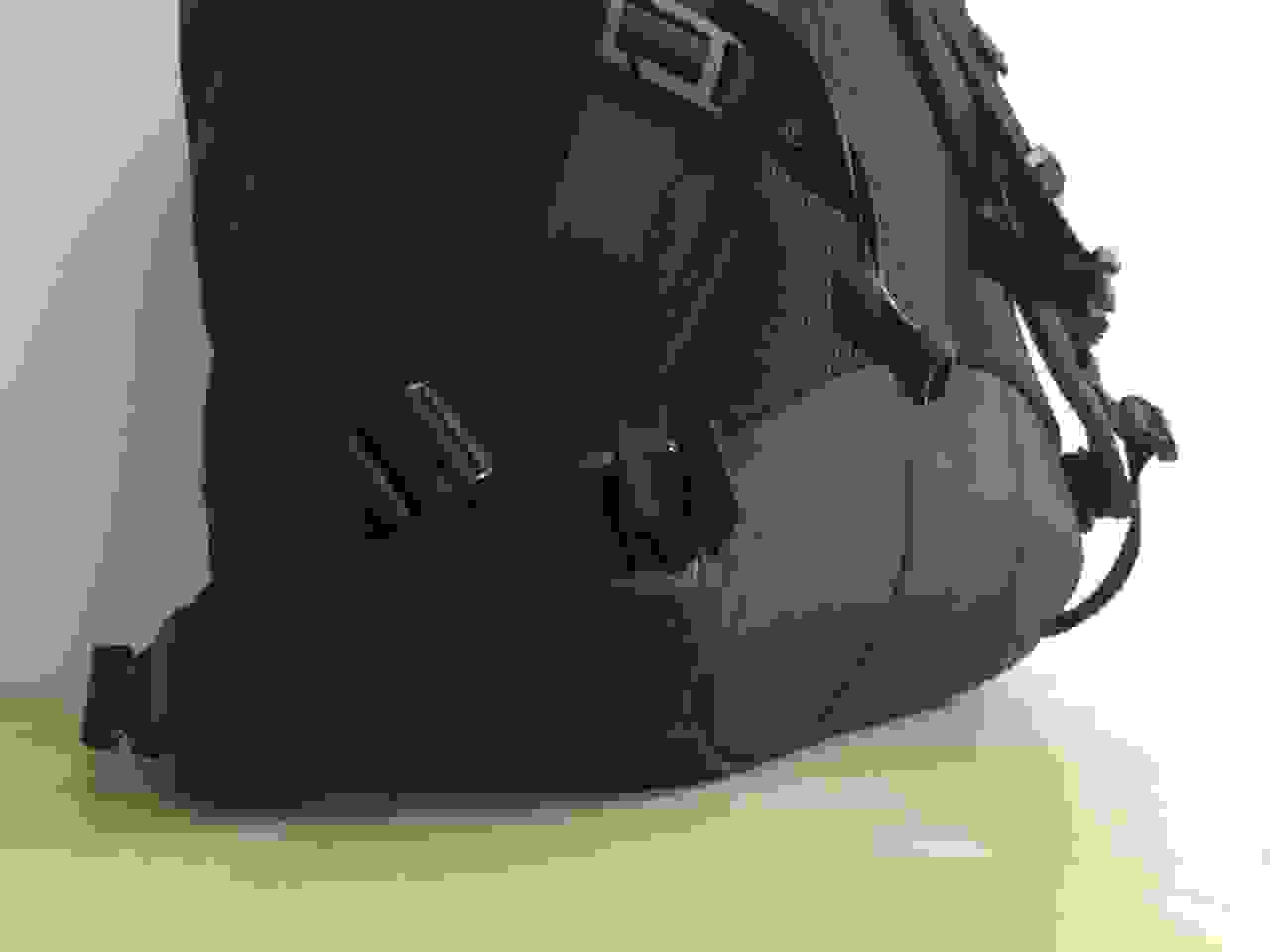
I have no idea why nobody else does this, because it’s just objectively correct. Other companies will often put extra padding on the backrest to make it more comfortable, but you can reduce the amount of padding necessary for comfort by simply shaping the backrest properly to begin with.
Besides, it’s not like gravity is pulling horizontally, so there’s a point at which additional padding would become objectively useless, whereas proper curvature would transfer the weight from the shoulders to the hips, which is exactly what you’d want the pack to do. Obviously a cheap bag with no structure will allow you to pack in such a way that it achieves this curvature as well, but of course a cheap bag with no structure will have its own problems.
As you might expect, you can maximize the curvature by storing big, bulky, soft things in that spot, like a sweater. In the photo above, there’s a packing cube full of clothing in that spot, which is flexible enough to conform to the curvy lumbar shape quite nicely. Textbooks will obviously ruin it, though stuffing a sweater underneath will fix it. I wouldn’t worry too much about it for short trips, though.
The padded laptop sleeve is also suspended high enough that I think you’d need maybe a 15″ laptop for it to interfere significantly with this curve, in which case it will simply be slightly less curved, and still work fine.
And let’s not forget the other distinction that makes this pack vastly more comfortable than others of this type:
3) The water bottle pocket is centered!
As mentioned earlier, this makes a huge difference in comfort, as it distributes the weight more evenly across your shoulders, rather than dragging you down along one side. I find this to be exceptionally helpful, especially if you’re carrying a heavier-than-average water bottle filled up completely. And if not, it’s still useful for compartmentalization anyway.
4) It has plenty of comfy strap options
The Synapse includes a sternum strap and a waist strap, both of which are removable, and leave behind only fabric, rather than buckles, and slip right back on when you want them again.
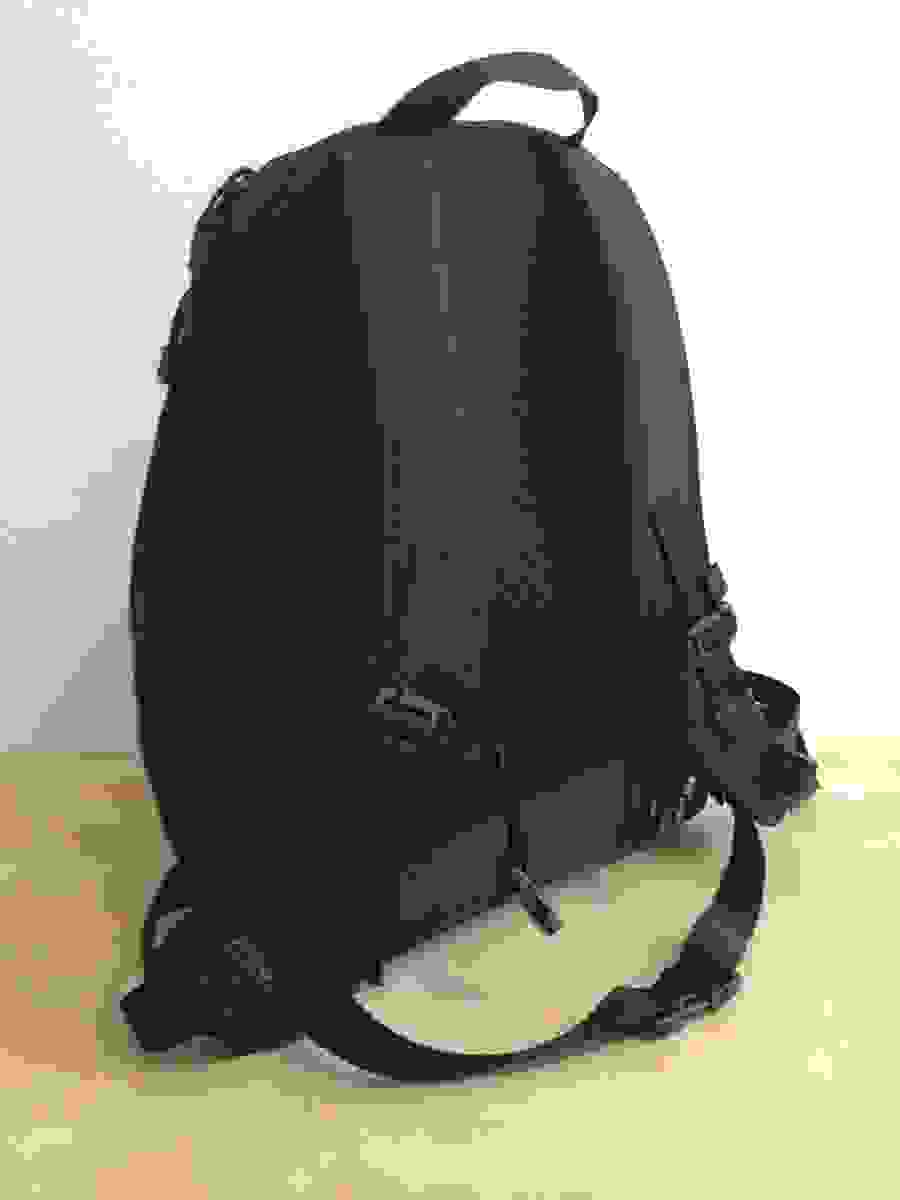
As a scrawny weakling, I make frequent use of both, and I found the waist strap to make a huge difference in comfort, even though it’s just a simple strap. I have no idea how people can possibly live without one. Probably muscles.
On a minor note, the dangly ends of the sternum and waist strap can tuck away into their own attachment points, which worked out quite nicely. Larger people will wear them more loosely, so they might not be able to do this, but then again, the dangly ends will be significantly shorter on larger people, so there’ll be less dangling anyway.
4) A little on breathability
As far as I’m concerned, the only breathable pack is no pack, because I get absurdly overheated no matter what I’m doing. I remember once unclipping a pack on a Bulgarian hilltop and waving my shirt in the wind like a surrender flag in an attempt to dry it out. On a cold day.
From then on I had sworn to use nothing but backpacks with trampoline-style suspended mesh back panels, or messenger bags. These have their own downsides, but at least I wouldn’t look like I had just climbed out of a pool.
That said, the mesh used in the back panel on the Synapse is the good kind, as opposed to spongy mesh that squishes flat and compresses its air channels down to nothing, and it was significantly more breathable than several other packs I’ve used, and far less of a problem than I’d expect from non-trampoline back panels.
But I also found myself getting into the habit of just carrying it over one shoulder for a while to cool off, which would be somewhat awkward on larger packs with padded hip belts. It’s light enough, even when full, that it’s easy to walk like this for a while before going back to normal, and it’s nice to give your shoulders some variety anyway.
So, all in all, I found the Synapse to be far more comfortable than I’d expect from a “normal” pack like this, and better than the last few hiking packs I’ve tried, due to the centralized water bottle compartment, the curvy lower back panel, and non-gougy shoulder straps, and my unease over the non-trampoline back panel and non-padded hip strap worked out just fine. Life is grand.
Any caveats?
Maybe. The layout is so different that it’s worth taking a few things into consideration:
- The water bottle pocket places a heavy object high up in the pack, meaning it can sometimes flop over if you unzip the main compartment all the way. Also, if the lower compartment is empty, the water bottle pocket will squish it when placed on the ground, so be aware of this when setting it down on the ground, so it won’t fall over. Also, since it’s designed to accommodate large or small bottles, a skinny bottle might lean diagonally, rather than stay perfectly upright; this can be fixed by using the side pockets, or just sticking an umbrella inside the central pocket, or just not caring.
- The compartmentalization is incredibly helpful in staying organized, but also means that if you intend to pack it to its full capacity, you’ll need to play Tetris and arrange items according to which pockets they can fit most efficiently into, rather than shoving everything into one giant compartment. I find the organizational advantage to be extremely helpful, but filling it to capacity will take some experimentation.
- It has no external mesh pockets, nor any compression straps, which means there aren’t many options for lashing things to the outside, though the large grab handle and bike light strap help. You can make up for the lack of compression with clever compartmentalization, and remember that it’s bigger than you might expect.
- As mentioned, grabbing the laptop sometimes brings the sleeve right along with it, so you’ll need to get used to holding the sleeve down while pulling up on the laptop.
But all in all, these are caveats, rather than real problems.
Thus:
…this is probably the best laptop daypack for frequent air travel
I’d have a hard time conceiving of something that would pose a challenge to the features of the Synapse, especially for air certain uses. The centrally located and zip-shut water bottle pocket is such a useful feature that I can’t imagine ever doing without it (especially when using filtration bottles, whose extra weight and importance are well accommodated), and its placement defines the rest of the layout, which offers rather unsurpassed organizational efficiency. The shoulder straps and lumbar support offer better comfort than I got from certain packs from reputable outdoor companies, and the travel-friendly laptop sleeve removal is great for flying. Add to that the professional appearance and expert craftsmanship, and you’ve got yourself a great pack.
Though I would expect it to excel in all sorts of situations, I think the Synapse is especially suited to life on the road, where easy access, rain resistance, checkpoint-friendly features, dimensions within carry-on limits, balanced water bottle placement, and an utterly normal appearance become especially helpful. You can even lock the zippers on the main compartment, which has a larger-than-average zipper that can handle a cable lock, without being a “real” locking zipper. I would expect finding a better laptop daypack for frequent travelers would be a cartoonish challenge, except if you just need to carry one gigantic thing at a time, but I much prefer the compartmentalization.
You could easily use a Synapse 25 as your only backpack, particularly on weekend trips and other short excursions (or even indefinite ultralight travel, if you’re really disciplined), though I would expect that for longer trips, most people would prefer to use it as a daypack alongside something else, which would work quite nicely. The non-fussy exterior also has a nice, clean, professional appearance, instead of extraneous straps, snaggy mesh, and fluorescent racing stripes.
Sizing options
As mentioned, this bag comes in 19 or 25 liter versions. I would say that if you’re planning on using the Synapse as just a daypack, intending to carry a laptop (up to 13″), sweater, rain jacket, water bottle, some food, a book, pens and pencils and so on, the 19 liter version will do just fine. If you want something for weekend getaways and road trips, in which case you’d also bring a few changes of clothes, maybe an extra pair of shoes, and some toiletries, you’ll probably want the 25.
Final thoughts!
As you can tell, I’m obviously a big fan. I’ve had my eye on this for a while, particularly due to the Sisyphean ordeal of finding small-to-medium daypacks that can accommodate larger-than-average water bottles without fear of them falling out, and I’m a big fan of the rest of the setup as well. It’s a cleverly designed, immaculately crafted pack, built with solid materials, and with quiet, understated class.
But I also wanted to highlight what makes the Synapse so distinctive. It’s not just good, but uniquely good, and I wanted to go into obsessive detail regarding each and every one of its distinguishing features, particularly for those who only want to buy something once. I think you’d have a hard time finding a new favorite after picking up one of these, despite the innumerable competitors clamoring for your attention.
So if that all sounds good, you can get one right here.
I’m planning on taking this as my one and only pack on an upcoming international trip, after which I’ll return with even more obsessive commentary. Stay tuned.
Update! I recently took this pack on a trip through Central America, and it worked out great. “Where’s your real bag?” is what people would say. As I expected, I enjoyed the easy-to-organize layout and the comfy straps, and it came out with not a single scratch on it. Quite a solid performer throughout, and all it took was hosing off all the dust in the shower to get it ready for its next adventure. Which will hopefully be soon!
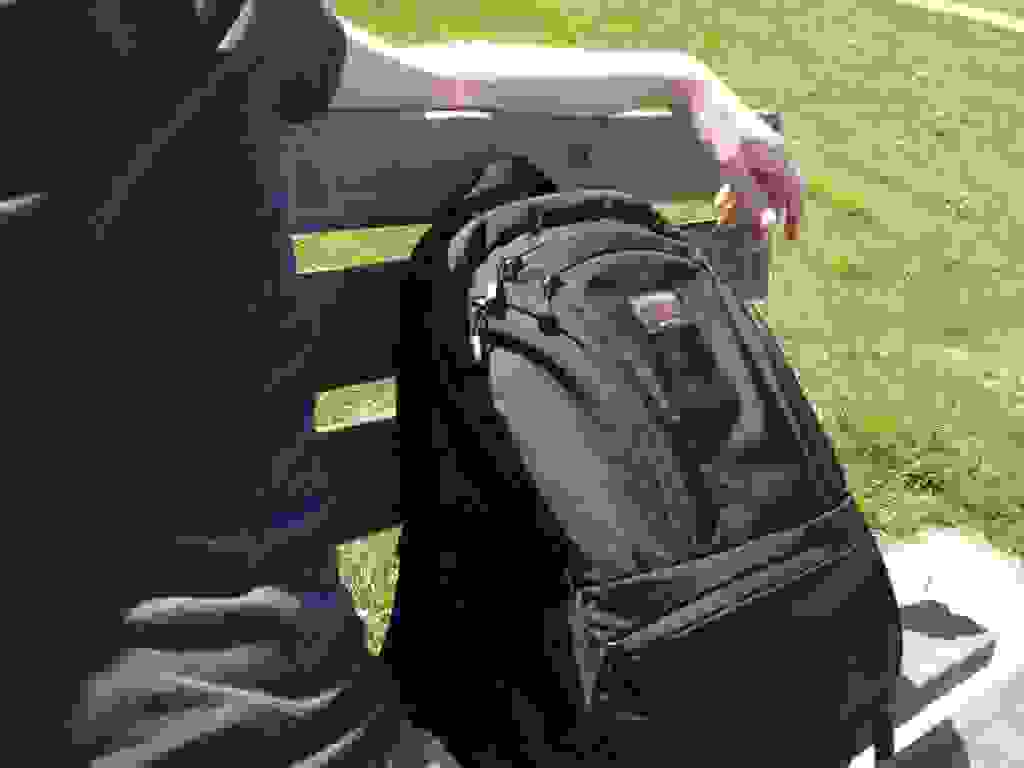
As mentioned, this pack, as well as all accompanying accessories, were provided for free for this review. But, as I’m sure you’ve come to expect by how frequently I complain about even the tiniest of imperfections, all statements here are thoroughly honest opinions.


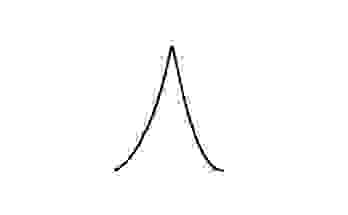

You omitted one detail, and so did Bihn’s page: packed to the max, does it exceed carry-on limits for airlines in Europe, which are slightly smaller than USA’s?
It depends on the specific airline, and it also depends on how you tightly you pack it. Since it’s a soft fabric rather than a rigid suitcase, stuffing it so full that it bulges into an almost-spherical shape can put it over the limits in certain directions. So the answer is an indecisive maybe, though this is pretty typical of just about any soft-sided bag.
Also, now I have to decide between this and one of Rick Steve’s less expensive travel bags
http://travelstore.ricksteves.com/catalog/index.cfm?fuseaction=catalog&parent_id=8
Pshhh, I would never drink the disgusting city water on my college campus. In fact, it seems most kids prefer to filter it before drinking it. Just about everyone carries a water bottle around here.
At any rate, I just stumbled across your blog today, and it has some great travel tips! Never really thought much about how a backpack choice could affect traveling so much. My current one is so lame (it’s a Swiss, comfortable to wear, but I can’t fit much more than my laptop in it when traveling or even going to class every day). I should definitely try one of these fancier ones, even if they are a bit more pricey.
My wife and I are doing 26 days in Thailand (maybe check out a couple other SE Asia countries) and we would like to travel as light as possible. I’m considering 1 backpack between the two of us. We’re going to pack super light, 2-3 sets of clothes each max (Scottevest/Smartwool/Icebreaker), basic toiletries, and some electronics (phone, kindle, compact camera). Laptop/chromebook may or may not make the cut.
What if you didn’t need a laptop slot, would this still be your go-to bag?
Considering we’ll be wearing roughly half the clothes we’re bringing, I think this bag would be sufficient, your thoughts?
I just posted a packing list using this bag for a month in Guatemala, which should match the climate considerations of Southeast Asia pretty well. Heat, rain, humidity, and so on.
Sounds like the gear list you’re considering is pretty similar to mine. No laptop, a minimal amount of clothing, basic electronics, and so on. I was quite happy with it, and even without making use of the laptop sleeve, you still get plenty of built-in organizational features. I’d recommend a packing cube for clothing, and maybe another for papers and cables, and it should work quite nicely. It did take some experimentation getting it all in there and situated the way I liked it, but I had enough room left over for some snacks, too.
So, I am nearing my wit’s end.
I have spent the better part of two weeks looking for a good backpack for an upcoming 10 day trip to Hawaii. For background purposes, I am traveling with my wife, her sister, and my mother-in-law who is, well, slow due to some knee issues. I know going into it that I am likely going to have to negotiate both my luggage and “Mom’s” as we traverse the various airports (we are traveling from the East Coast). Additionally, I have only allotted myself approximately $100-150 for a backpack which will need to be versatile, easily checked as a carry-on, and have laptop/ electronics capabilities. I am hoping to store enough in it so that my wife and I only need to check one bag, but that isn’t necessarily a deal breaker. I have read every article I can find and I have a very limited education on the subject to this point.
I am considering two options so far, but am obviously open to your suggestions. The Kelty Flyway 43, and the Jansport Growler. I realize these may not be very high on the radar, but I was hoping to get your opinion as to whether or not I am even on the right track.
Thanks for any help you can provide.
There are plenty of things to like about the Flyway 43, but I found the shoulder straps to be quite uncomfortable; they were too close together, so they just dug into my neck. Part of the issue is that I have a fairly small torso, so I wear my backpack pretty high up on my back, whereas if you wear it a little lower, the straps on most backpacks are angled to provide a wider space at the neck. Lots of people are happy with Kelty packs, so it’s worth giving it a try, but as soon as I put one on, there were obscene pressure points all over the place. Argh.
The other issue is that it’s quite a sizable pack (43 liters, meaning you shouldn’t have to pack an additional bag if you bring this one), but if you pack it to capacity, it doesn’t have the correct dimensions for a carry-on. It’s too wide, and too deep. You could just leave the side and front pocket unpacked so they lay flat, and you’ll probably be just fine, but it’s something to keep in mind, as it’ll reduce the capacity you can bring onto the plane. Aside from those issues, I like the layout and features quite a bit. The accessibility and organizational layout are exquisite. It’s a little on the heavy side, but it does have plenty of zippers, and a padded laptop compartment, and so on.
The Jansport Growler is significantly smaller, meaning it would be your carry-on pack in addition to a larger pack (unless you go ultralight, in which case it could be your only bag, especially for a 10-day trip). It has plenty of pockets for compartmentalization, but it looks like the main pocket, which is pretty large, has just a single main zipper, meaning it would be somewhat difficult to pack and unpack, though not impossible (a packing cube would help immensely, as you could draw it right out of the pack and keep all your clothing nice and organized). It also has no ventilation on the back panel, meaning it would get you sweatier faster than some of the alternatives.
I’m obviously quite happy with the Synapse, but if you’re still looking for an alternative, based on price or other issues, I’d recommend taking a look at Ivar packs. They look like normal backpacks on the outside, so you really have to watch the video or look at the diagram to see what’s going on inside. They have a “shelf” system which organizes all your gear like a Rolodex, so nothing jostles around, and it’s all easily visible and accessible, and always in the right place. It also allows you to stack things vertically, and thus closer to your back, so it doesn’t all just slump to the bottom like it does with most backpacks. My sister has one and is a big fan. It’s the only backpack besides the Synapse that does something I’ve never seen before, boosting organization and comfort at the same time.
I am still on my search. This is exhausting. The major unfortunate part is that where I live, there are no places to physically inspect any decent bags. I think I have finally narrowed down to two: The North Face Surge II, and Osprey Nebula 34 Daypack. I would like to know your opinion regarding these. They appear quite similar, but your input is greatly appreciated. Thanks.
One of the things that annoys the hell out of me with Osprey is how they place a compression strap directly over the side pocket, so you can use either the side pocket, or the compression strap, but not both. It serves absolutely no purpose whatsoever to position it that way, as it could just be positioned above or below, and accomplish the same thing. On the Nebula they even put another one high up, so whenever you want to open the bag, you have to unclip the straps.
If you take a look at the North Face Surge II, it doesn’t have this problem at all. A single compression strap for each side is positioned above the side pocket, but low enough that you can probably get the bag mostly open without having to unclip anything. And since it’s so compartmentalized, you don’t really have to deal with compression that much anyway, since you could just pack the main compartment, but not the secondary, and so on. On the downside, it’s quite a bit heavier; it’s an extra pound compared to other packs of a similar size. This is fairly common for all North Face packs, and I’m not exactly sure what’s causing it, but I don’t see anything that would be conceptually problematic about it, aside from the weight.
Just returned from 26 days in Italy and Southern France. I have an Arcteryx Silo 18 that I had planned to take along for walking in cities and in the mountains, but the main compartment zipper blew out a few weeks before departure. Ordered a TB Synapse 19 in black dyneema with wasabi interior to take its place. The Synapse worked wonderfully and was so versatile that I realized the Arcteryx’s demise was actually a blessing in disguise. I also have a TB Aeronaut 45 and was able to use it in combo with the Synapse as my 2 carry-ons throughout the trip. They worked very well together.
A few things I learned about the Synapse 19:
1. The dyneema is very durable and sheds water, dirt and croissant crumbs way better than the cordura would have.
2. The wasabi interior makes it easy to find things that are tucked deep down in the bag.
3. I used the Synapse in conjunction with numerous TB pouches, a padded zippered sleeve (for iPad mini), a passport sleeve and a clear-sided zippered wallet to organize my belongings throughout the trip. It’s a versatile system and allowed me to clip all of them in for security. I also used TB key straps to double clip things in, like my wallet, for an added measure of security.
4. The water bottle pocket works great for water bottles up to 1.5 liters IF you don’t mind leaving the pocket unzipped. This was especially useful for long walks in the Pyrenees with the temps hovering around 75-80 F. The water bottle pocket can also be used as a deep stash pocket for keys, cell phone, camera as long as you aren’t carrying a water bottle in it. I sometimes threw a small water bottle inside the main compartment which made that possible.
5. I’ve carried daypacks for years (I’m 56) and the Synapse 19 worked well for daily use, walking in the mountains and birding. It’s small enough that I didn’t feel encumbered by its size, but I could still fit everything in that I needed: emergency kit, rain gear, extra layers, wool hat, gloves, 8×28 binoculars, cell phone, iPad mini (with bird guide app), lunch and water.
6. Best of all, I could use the smaller Synapse 19 as a very comfortable shoulder bag which I could swing in front of me when I was in cities, markets, train stations and airports, providing a little added security against pickpockets and other ne’er-do-wells. It also made it easy to carry in front when I was walking to and from train stations and airports with the Aeronaut on my back.
The Synapse is a great pack and, as TB products go, should hold up for a long while. I couldn’t be happier!
It’s comments like these that make people realize why so many fans end up collecting the whole set. Once you start clipping everything in with key straps, you never go back.
I really like the Synapse 19 as just a daypack, in which case the capacity is just right. I’ve also got an Aeronaut 30 that I’ll be testing out fairly soon, but it’s already pretty clear how convenient it’ll be.
I’m looking for the best backpack for heavy college books and laptop to carry all day. There are a zoo of options. Recommendations?
I’m definitely quite happy with this one, and it has room for books, a laptop, and other items, although the main compartment isn’t huge, since the pack is split between the main compartment and the rest, but there’s easily room for about…5 or 6 inches worth of textbooks in that main compartment, in addition to a laptop, which I think is plenty. The rest of the pockets will handle a jacket, a water bottle, and other things.
Another series of packs I like is from Ivar, which has a file-folder sort of organizational system that keeps things stacked vertically and conveniently organized. Because it organizes things diagonally, it probably has a similar limitation to the grand total number of large textbooks you can carry, but it’s probably enough.
Aside from that, millions of college kids are happy with North Face and Jansport, both of which have an endless supply of options. Herschel seems to be bringing back a retro look, but with modern internal features, like a laptop sleeve. Anyway, I hope that helps. So many minor details are subjective, but those are good places to look. I tend to go straight toward REI’s travel daypack section to see what’s new each year, and you can start narrowing it down based on features like laptop sleeves, and so on. All will be high quality, and it’s just a matter of figuring out which features you like, and seeing if it fits.
I read some reviews that after a while the Synapse 25 gets quite smelly as it soaks up all the sweat from your back and that the smell is quite difficult to remove. Did you find that a problem on your trip to Guatemala?
Never had that at all, and I sweat ridiculously. I was alternating between merino shirts and a polyester shirt (and the polyester shirt wasn’t especially good at odor resistance), so I expect that if it’s a consistent problem, it should have come up for me too.
The sweat odor you’re talking about is caused by bacteria reproducing, and producing waste products; the waste products cause the smell. But they need time to build up, thrive, and produce them, and that usually takes a couple hours, depending on how hot and sweaty it is back there. So it’s possible that by wearing it on a hot day for a continuous couple hours without taking it off the whole time might produce this effect, but it could probably be all but eliminated by taking a break every half hour and letting it (and you) air out a bit. No moisture, no bacteria colony. And most people need a break every so often anyway, so it might not be a problem to do so. Merino t-shirts should also help significantly, as would any anti-odor finish in a polyester shirt. Wearing it over one shoulder for brief periods will help too.
I don’t doubt that it’s possible for a smell to build up, but it would take some time, some physical exertion, heat, and humidity…but if you just take it off and point it toward the sun while you’re having lunch or something, the sunshine will bake it completely dry in minutes.
Have you tried any PacSafe packs? Since I can only buy a Tom Bihn via the web, I went to a good local travel store and the best 25L packs I saw were by PacSafe. Also, you should try to get MEC to send you some stuff to try. They have great products at great prices. I was in there yesterday and found many items that match your list of items you took to Guatemala (i.e. a 5.4 oz. rain jacket called “Outathere” for $134 USD).
They have a lot of interesting things, and I was planning on doing a post of anti-theft gear at some point, but haven’t gotten to it yet. I’ll be visiting Canada soon, though, so I’ll try to visit MEC.
I love how this bag keeps things organized but I can’t use it in cities with pickpockets. I need to have two zipper pulls on each zipper to lock each compartment. Do you have any recommendations with that feature?
Hmm…there are so many backpacks out there that it’s tricky to keep tracking of them all, but North Face and Ivar have some good ones, and I think in general the main compartments have double zipper pulls. Also from Tom Bihn is the Smart Alec, which has one big main compartment, so you can lock that one. I’d also recommend just looking over REI’s laptop bag page, which has plenty of options and updates once or twice a year or so.